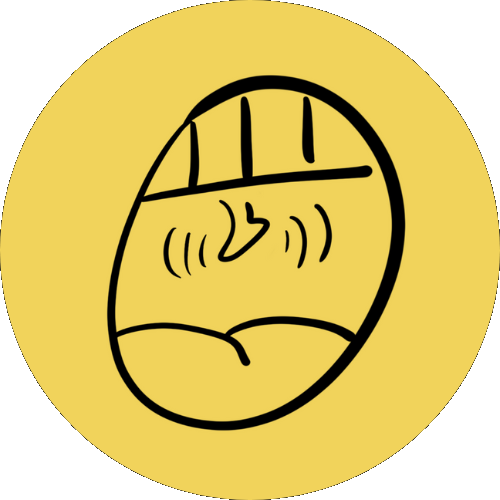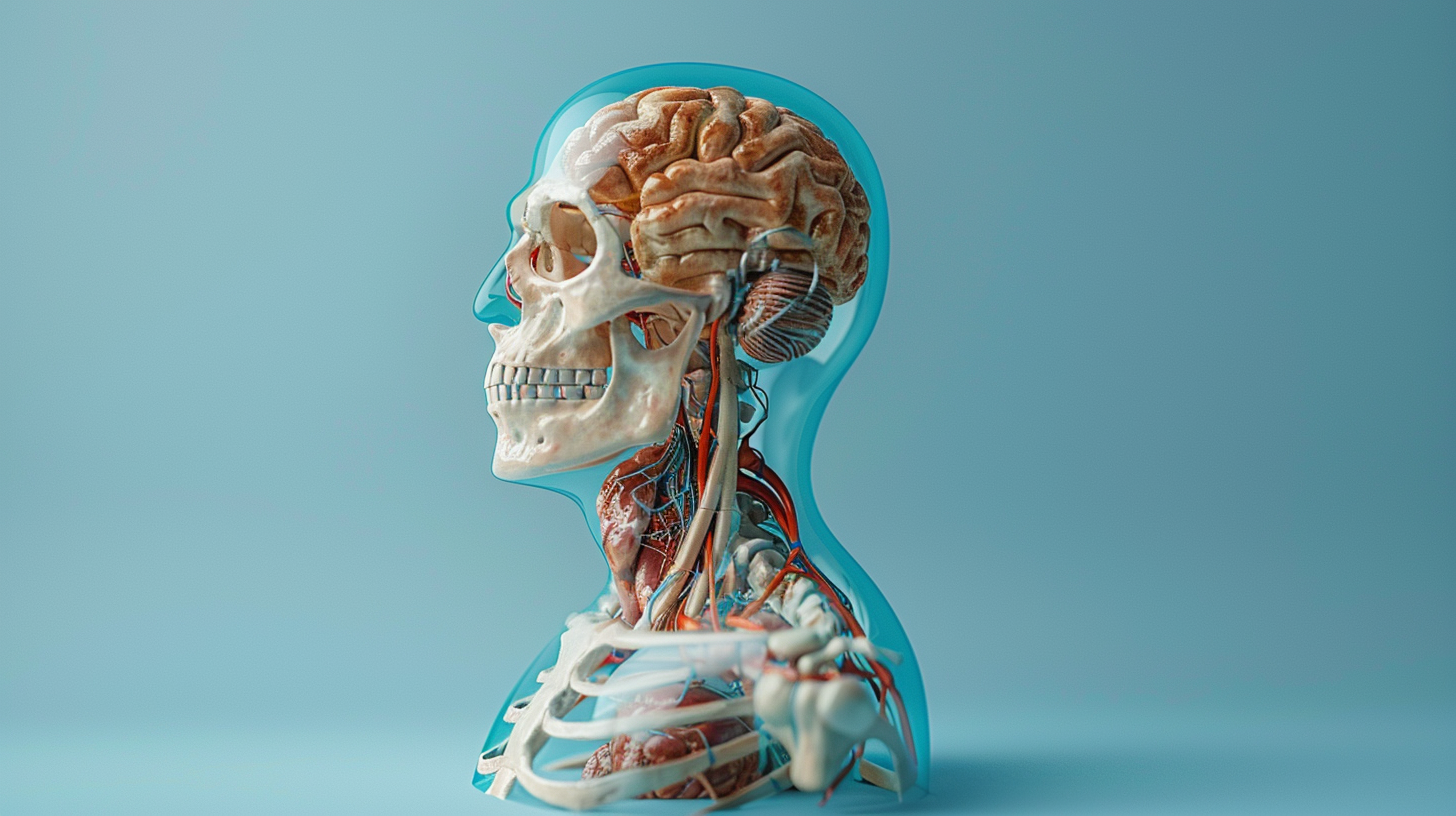Hey there, fellow vocal enthusiasts! Did you know the human voice is the only musical instrument that can produce melody and lyrics at the same time? Mind-blowing, right? The voice is a powerful and versatile tool, unique to each individual. In this post, we’re diving deep into the fascinating human voice system, its unique qualities, and how understanding it can transform your singing journey. Ready? Let’s go!
The System of the Voice
What is a System?
A system is like a well-rehearsed band where every member plays in harmony to achieve something amazing. In any system, you’ll find three main components:
- Elements
- Interconnections
- Function or Purpose
The Human Voice as a System

Now, let’s talk about the rockstars of our vocal system:
- Elements:
- Muscles
- Organs
- Cartilage
- Bones
- Nerves
- Neurons
- Interconnections:
- Laws of physics
- Laws of biology
- Vocal technique
- Function:
- Make sound
- Speak
- Sing
- Communicate
- Deliver a message
The Respiratory System

First up, the respiratory system. Its goals are:
- Efficiently inhale and exhale
- Delay the act of exhalation
- Keep that tummy neither pushed out nor held in (no six-pack required, promise!)
You breathe air into your lungs with the help of your breathing muscles, primarily your diaphragm. As you push the air out, it travels up the trachea. Just imagine it like a superhighway for your breath!
The Phonatory System

Next stop, the voice box, aka the larynx. Here’s where the magic starts:
- The air meets the larynx, where the vocal folds resist the air, causing them to generate sound or “phonation.”
- Faster vibrations = higher notes
- Slower vibrations = lower notes
Goal: Pitch production ONLY. No multitasking here!
The Resonatory System

And now, the resonatory system. This is where your voice gets its unique character:
- Vibrating air travels up the pharynx into the mouth cavity and sinuses.
- The velum opens to allow the resonance to move up into the sinuses.
- The tongue forms vowels and consonants, helping with the articulation of words.
Goals:
- Character
- Tone
- Amplification (because who doesn’t want their voice to be heard?)
Need Help Finding Your Voice?
Key Concepts
Alright, here are some key concepts every aspiring vocalist should know:
- Connection: Smooth transition between registers.
- Break: Lack of connection between vocal registers.
- Crack: Pulling chest voice to the limits, resulting in an abrupt change into falsetto.
- Flip: Intentional change from chest to falsetto, resulting in a “flip” sound.
- Bridge/Passaggio: The range where head and chest registers need blending.
- Larynx: Instrument of the voice to produce sound; holds the vocal folds.
- Nasal Cavity: Space connecting the upper throat to the nostrils.
- Resonance: When a sound wave meets an object with the same frequency, resulting in vibration.
- Tone: Sound that defines a musical space.
- Velum: Membrane and muscle structure between the oral and nasal cavities.
- Vocal Folds/Cords: Muscle tissue inside the larynx responsible for phonation.
- Modal Voice: Area of the singing voice where chest and head voices reside.
- Chest Voice: Lowest register within the modal voice.
- Head Voice: Highest part of the modal voice.
- Mixed Voice: Middle area of the modal voice where head and chest qualities function equally.
- Vocal Fry: Voice register where head voice is inactive.
- Flute Register: Vocal register where chest voice is inactive.
Q&A
Are there different techniques to achieve the same results?
Definitely! Everyone’s voice is unique, so different techniques work for different people. This system builds strength, stamina, and coordination over time.
Is it easy to master the voice?
Consistency and patience are key. Beginners will find it challenging, but persistence will yield tremendous gains.
Who is this for?
For every type of singer or speaker. Beginners get a clear roadmap, while intermediates and advanced singers can refine their skills.
When will I start seeing results?
Intentional, constant practice can yield results from the first week. Intermittent practice will take longer.
Conclusion
Understanding your voice as a system is the first step to becoming a better singer. Keep practicing, stay curious about your unique instrument, and remember: it’s not just about hitting the right notes, but about enjoying the journey. Rock on!


